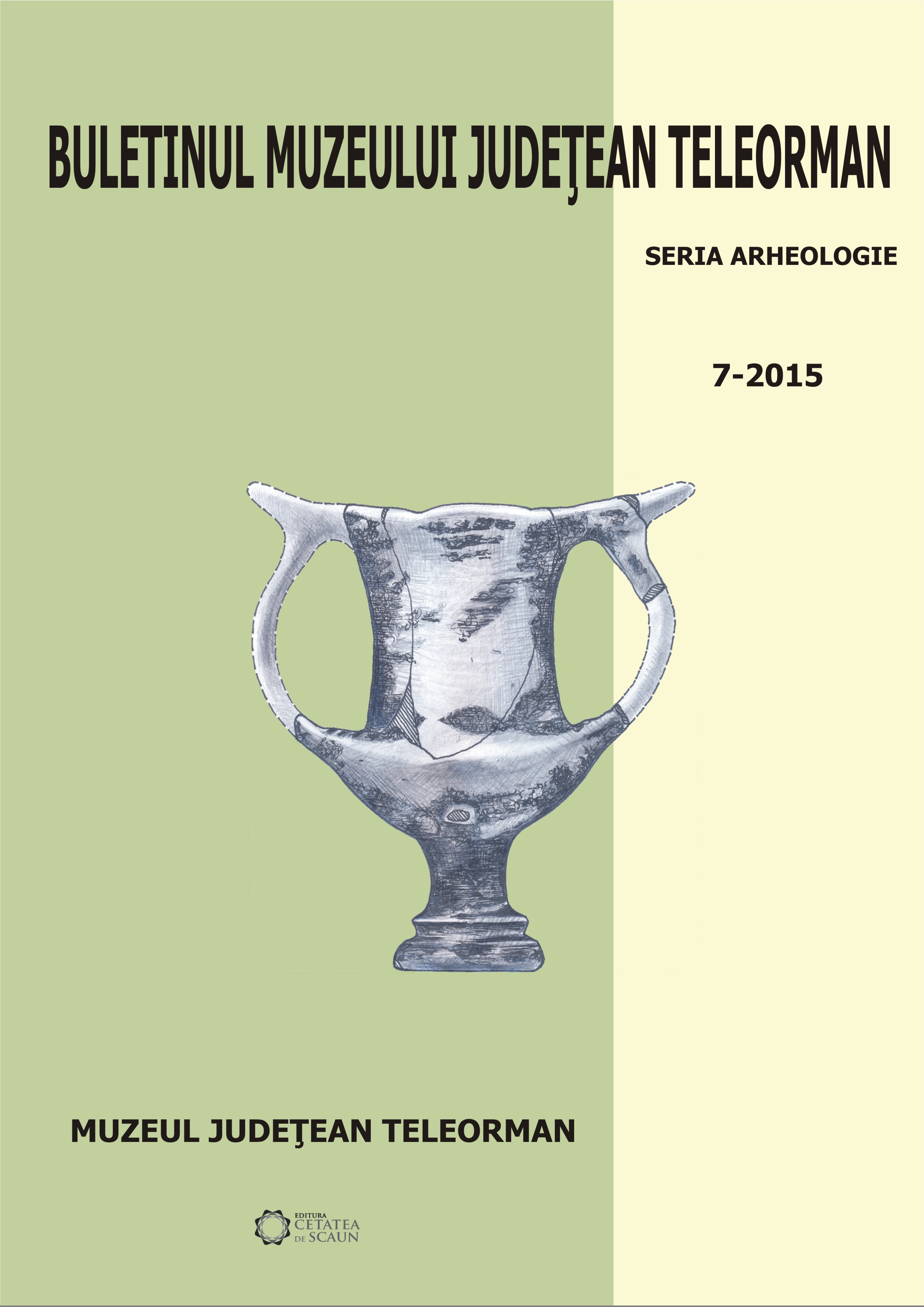Prelucrarea fibrelor vegetale în cadrul reconstituirilor arheologice
Vegetable fibre processing in archaeological reconstructions
Author(s): Ion TorcicăSubject(s): History, Archaeology
Published by: Editura Cetatea de Scaun
Keywords: experimental archaeology; bark; basket; vegetable fibres; rush; reed; willow; string; lime; elm.
Summary/Abstract: The permanent archaeological exhibition at the Teleorman County Museum includes a room dedicated to the Gumelniţa culture. Drawing on archaeological results and ethnographic data, the archaeological reconstructions show the complex nature of this prehistoric society. Among other materials, the Gumelniţa house roof plaiting used experimental vegetable fibres. The domestic inventory includes baskets made using two techniques - by coiling and by weaving, a basket trap for fish and a vertical loom. Rush stems and leaves (Typha angustifolia), reed stems (Phagmites australis), willow inner and outer bark (Salix triandra), lime inner bark (Tillia tomentosa), elm branches (Ulmus glabra) and hop stems (Humulus lupulus) were used. Different plants and elm bark were used for other experiments. Rush, knitted or made into strips, was used for the roof bindings and for the four baskets, and proved a flexible, lasting and malleable material. Elm twisted twigs gave good results when used green. Willow bark and lime are excellent materials for most of the bindings. When it is green, hop is an easily knotted material, flexible and with great durability. The experiments demonstrated that vegetable raw materials are highly reliable, suitable for different sizes and uses of binding and for household object production.
Journal: Buletinul Muzeului Judeţean Teleorman
- Issue Year: 2015
- Issue No: 7
- Page Range: 219-230
- Page Count: 12
- Language: Romanian

